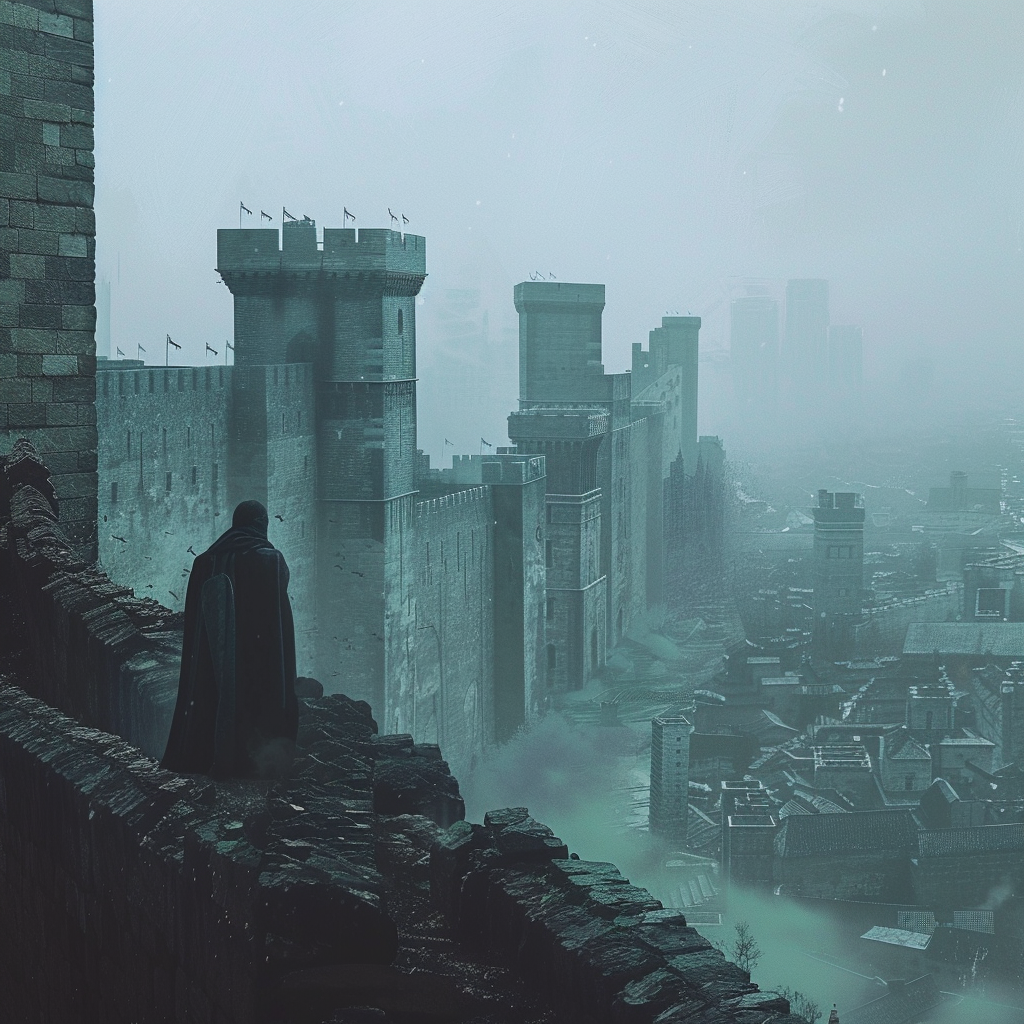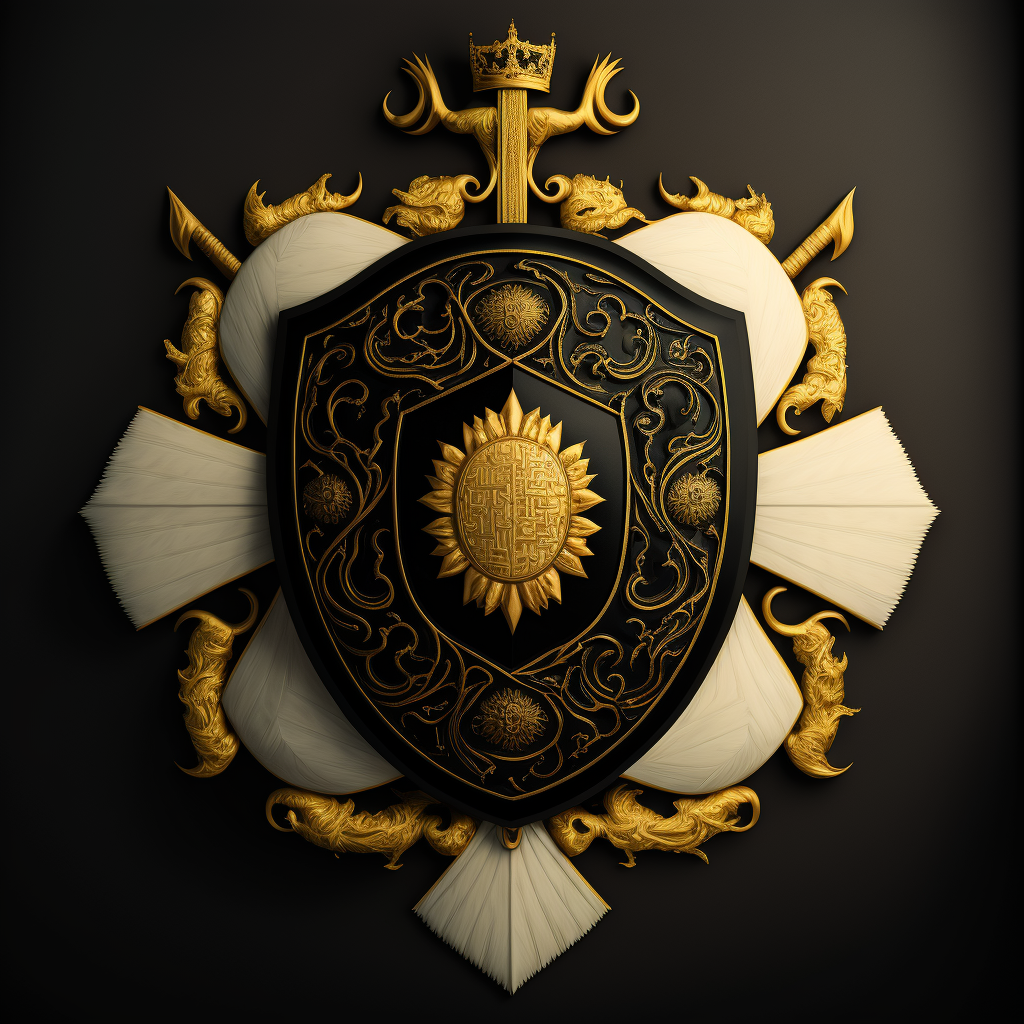
The Founding of Armuun
Founding
1
The growing human Bechtlarite empire, more expansive and ambitious than the other cultures of Cairne, quickly pushes south across the region, claiming the majority of the western hemisphere with settlements and towns establishing and expanding with surprising rapidity. The largest settlement, having become a economic hub for trade and a religious seat of power is named capitol of the empire, and named Armuun after the sitting potentate at the time, Pendræd Armuun, who not only set the stage for the empire to become the juggernaut of socio-economic proportions that it would one day be, but also set into motion a great deal of the cultural and judiciary principals that are upheld into current times.
The construction of the existing settlement, which would later become the walled-off palace at the heart of the Bechtlarite empire's capital, Armuun, was a monumental undertaking that reflected the empire's growing power and ambition. Initially established as a modest settlement, Armuun expanded rapidly, fueled by its strategic location as an economic and religious center. The construction began with basic infrastructure to support the burgeoning population and economic activities. Roads were laid out to connect Armuun with other settlements and trading routes, facilitating the flow of goods and people. Basic housing structures were erected to accommodate the growing population of traders, artisans, and settlers drawn to the opportunities offered by the burgeoning capital. As Armuun's importance grew, so did the need for defensive measures to protect it from external threats. Walls were constructed around the settlement, fortified with sturdy materials such as stone and timber. Guard towers were strategically placed along the walls, providing vantage points for sentries to watch for approaching enemies. Within the walled confines of Armuun, construction efforts focused on the development of key structures that would serve as the nucleus of the empire's governance and culture. The palace, envisioned as a symbol of imperial power and prestige, was built at the center of the settlement. It was designed to be grand and imposing, with ornate architecture and lavish decorations befitting the rulers of the Bechtlarite empire. The palace complex was not just a residence for the ruling elite but also housed administrative offices, ceremonial chambers, and halls for public gatherings. It served as the seat of government and the focal point of cultural and religious activities, embodying the empire's values and aspirations. Over time, as the empire expanded and evolved, so too did the palace at Armuun. Successive rulers added to its splendor, commissioning new wings, courtyards, and gardens to reflect their own tastes and priorities. The constantly evolving nature of the palace mirrored the dynamic nature of the Bechtlarite empire itself, adapting to changing circumstances and shifting power dynamics. Artisans and craftsmen were employed to adorn the palace with intricate carvings, paintings, and sculptures, showcasing the wealth and sophistication of the empire, eventually evolving into the wonder that is the Palace of Glass.
Armuun
Human
The History of Cairne (article)


